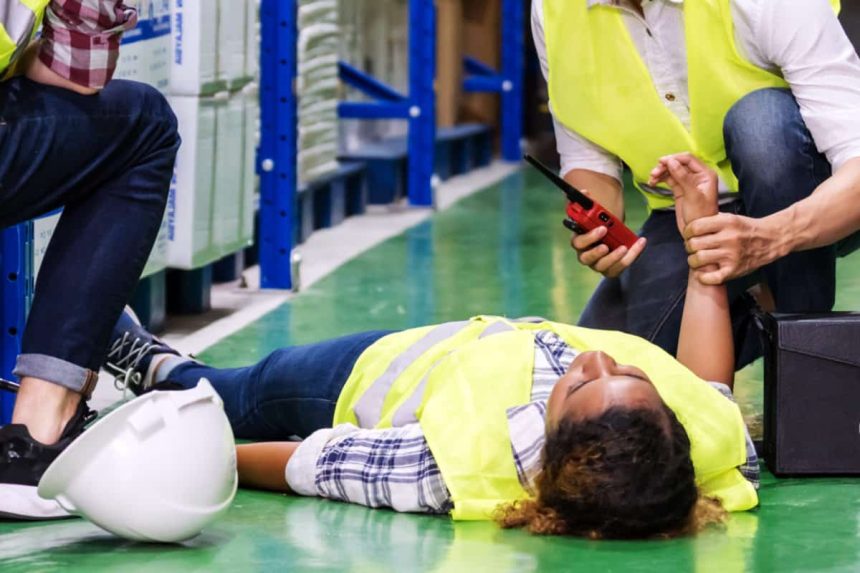In any workplace, safety is not just a priority—it’s a responsibility. Whether it’s a bustling construction site, a corporate office, or a customer-facing retail store, accidents can happen when least expected. That’s why more businesses are now investing in first aid training as a proactive measure to create safer environments for their staff. From managing minor injuries to responding to life-threatening emergencies, first aid training equips employees with the knowledge and skills needed to act quickly and effectively.
The Power of Preparation
When an emergency strikes, panic is often the first reaction. However, trained employees can intervene with confidence, offering help before professional medical assistance arrives. This quick action can greatly lessen the seriousness of injuries, cut down on downtime, and even save lives. Workplaces that incorporate regular first aid training programs show a marked improvement in employee preparedness and morale, knowing they are equipped to protect themselves and their peers.
Why CPR Matters in the Workplace
Among the many skills taught in a first aid course, Cardiopulmonary Resuscitation (CPR) is perhaps the most crucial. In Australia, sudden cardiac arrests are a leading cause of death, and the chances of survival drastically improve when CPR is administered promptly. That’s why obtaining a CPR certificate, which Gold Coast locals trust, is not just beneficial—it’s potentially life-saving.
CPR training empowers staff to perform chest compressions and use automated external defibrillators (AEDs) effectively until paramedics arrive. This means that businesses have to follow health and safety rules at work and also create a mindset of care and accountability.
Customised Training for Every Industry
First aid training isn’t a one-size-fits-all approach. The risks and potential hazards vary across different industries, which is why reputable course providers offer tailored programs. For example, hospitality workers may need to learn how to treat burns and cuts, while those in the education sector might focus on choking, asthma attacks, and allergic reactions in children.
Courses often include practical, hands-on learning with real-world scenarios that simulate workplace emergencies. Searching for a Gold Coast CPR course near me can yield local providers that understand the unique safety needs of your industry and deliver accredited training accordingly.
Legal and Insurance Advantages
From a business perspective, first aid training also reduces legal liabilities. In Queensland, employers are expected by law to provide a safe place to work. One way they can do this is by having trained first aid officers on site. By ensuring your team is trained and holds current CPR and first aid certifications, you’re not only fulfilling legal obligations but also potentially reducing workplace compensation claims and insurance premiums.
Boosting Team Morale and Confidence
Workplace safety is more than just compliance—it’s about building a culture where employees feel cared for. Providing first aid training sends a clear message that the well-being of your team is a priority. This can then make employees more interested in their jobs, lower unemployment, and build trust within the team. Teams are stronger and work better together when everyone on the staff knows how to handle situations.
Making It Happen on the Gold Coast
If you’re based in Queensland and searching for ways to enhance your workplace safety, now is the perfect time to look up a Gold Coast CPR course near me. Many local training centres offer flexible options, including in-house training, weekend courses, and nationally recognised certifications that meet Australian Resuscitation Council (ARC) standards.
Finally, learning how to give first aid is an important part of any safety plan for the workplace. The benefits are many, ranging from getting a CPR certificate Gold Coast companies value to making employees more responsive and sure of themselves. And in an emergency, every second counts. A trained worker could mean the difference between a small problem and a big disaster.














